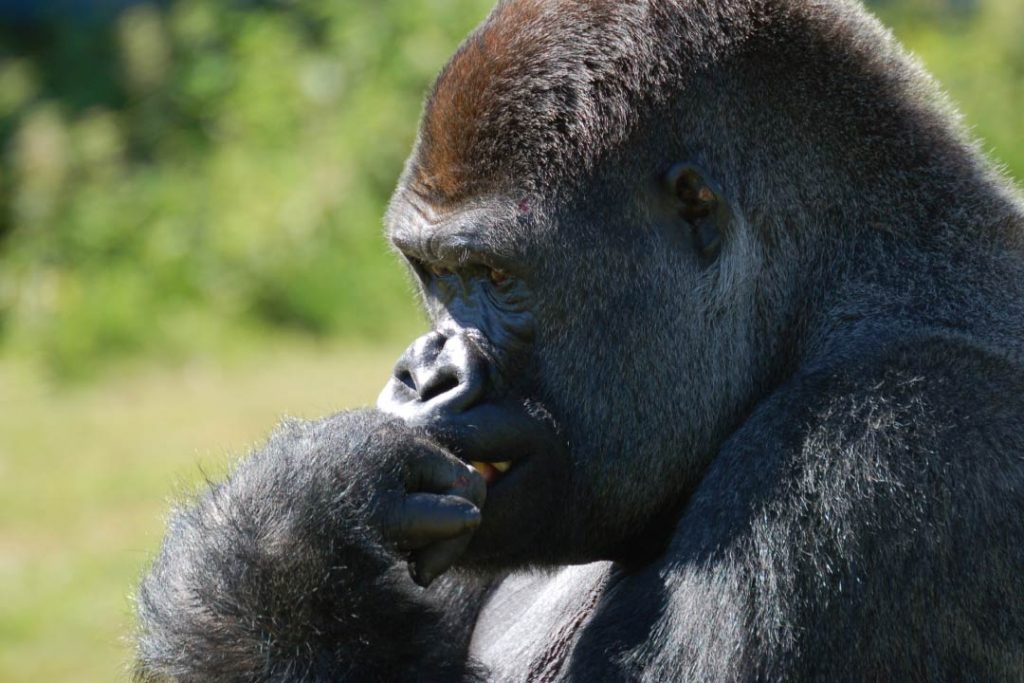

Social Behaviorĭespite their great size, gorillas are usually shy and passive animals. At the Zoo, their diet consists of much of the same food items such as fruit, vegetables, and leaves. They play an important role in maintaining the health and diversity of forests by dispersing seeds in their feces. In the wild, gorillas feed on fruit, roots, leaves, grasses, and insects. They are limited to small areas in Nigeria, Gabon, Equatorial Guinea, the Republic of Congo, Cameroon, and the Central African Republic. The lowland gorilla is found primarily in lowland tropical forests, particularly where there is dense ground-level vegetation, and in swamp forests. Lifespan is about 35 – 40 years in the wild and up to 54 years in captivity. Their hands and feet are broad and strong, and they move about on all fours in a “knuckle-walk.” Gorillas and chimpanzees are the only animals to use the backs of their fingers like feet. Gorilla faces are bare, with a short muzzle, large nostrils, and small eyes and ears that lie close to the head. Lowland gorillas have fine brownish-black fur and often a reddish crown.

These males also have a more distinct ridge above the eyes, larger canine teeth, and a large cone-shaped skull. Mature males, called silverbacks, have a silvery white saddle that appears around 12 – 14 years of age. This species shows a great degree of sexual dimorphism. They have muscular, stocky bodies and can weigh up to 400 pounds. Gorillas are the largest of the great apes they stand up to six feet tall with an arm span of eight feet. Dominant males have been known to care for orphaned young within the troop.Each gorilla has a unique nose print, just like humans have different fingerprints.Gorillas make separate nests for daytime use and night-time use.The closest relatives of gorillas are chimpanzees and humans, all of whom diverged from a common ancestor about 7 million years ago.The Zoo has one adult male silverback and four female western lowland gorillas. You can find the gorillas at the Jones Family Gorilla Preserve, a naturalistic exhibit featuring climbing rocks, tall trees and grass.


 0 kommentar(er)
0 kommentar(er)
